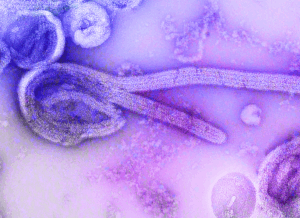High Threat Pathogens / Viral Hemorrhagic Fever
High Threat Pathogens (HTPs), also referred as “high-consequence pathogens”, have the potential to cause serious and deadly infections and generally lack an effective vaccine or treatment. These pathogens pose significant threat to domestic and global security.
In the context of British Columbia, a HTP is defined as:
- Viral hemorrhagic fevers (VHFs) [these include Ebola, Lassa, Marburg, and Crimean Congo Hemorrhagic Fever]; or
- Unknown/newly emerging pathogens that are transmissible from human to human.
While the probability of a HTP case occurring in British Columbia is low, preparedness is essential to ensure those working in these settings can safely and effectively care for patients. Preparedness relies on clear processes, appropriate personal protective equipment supplies and deployment, and appropriate training for staff in the processes and equipment.
Provincial High Threat Pathogen Resources
Infection Prevention and Control guidelines and knowledge translation resources for HTPs, including VHFs, are available on the BCCDC website. Access the centralized repository of VHF resources here.
PICNet has education modules available for HTPs through LearningHub. Click here to access these modules and learn more. Note: Revisions to these modules are currently in progress.
If you have any questions about the content of this page, please email picnet@phsa.ca.

